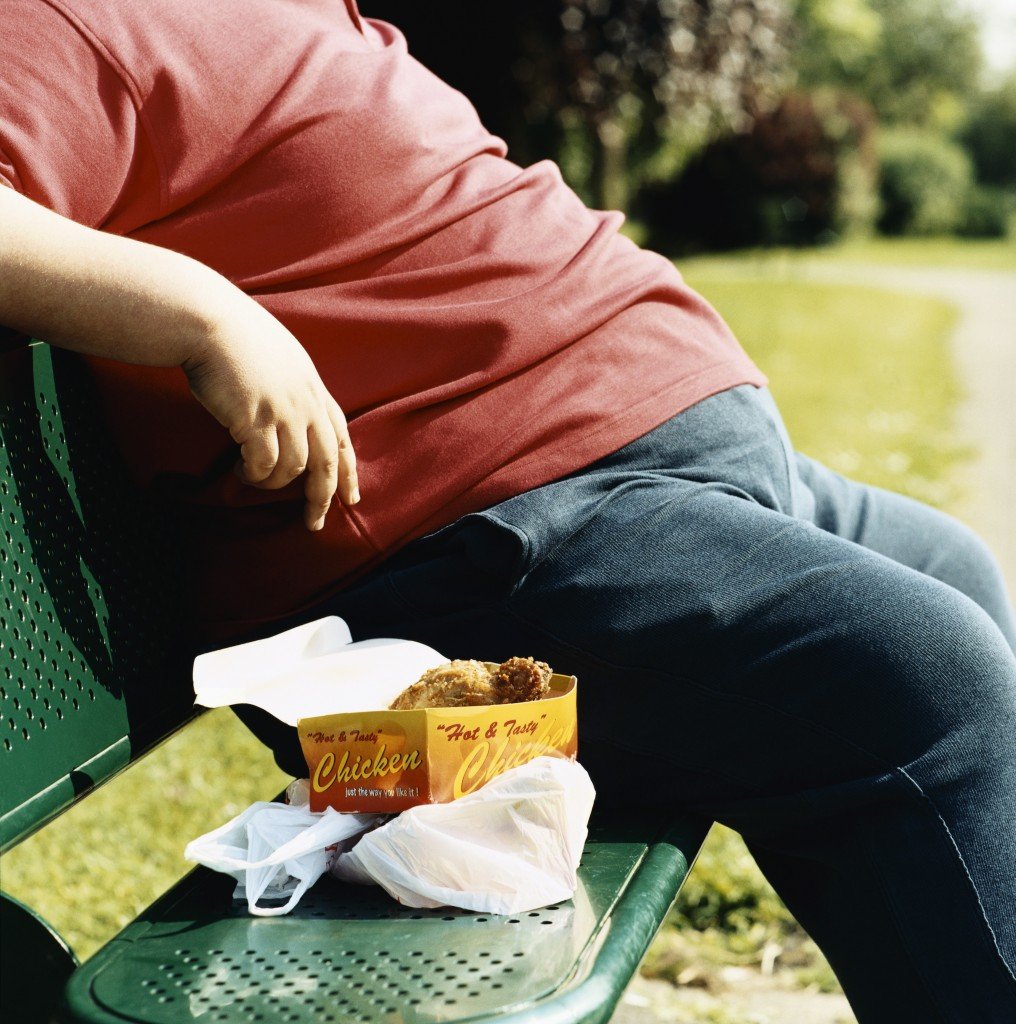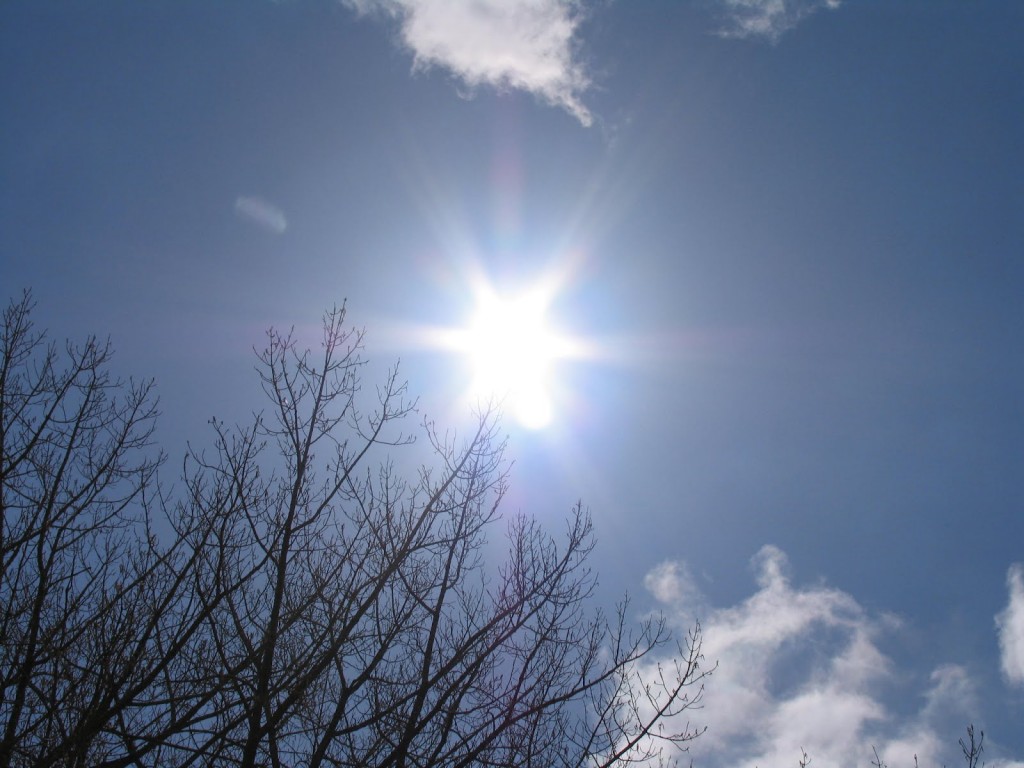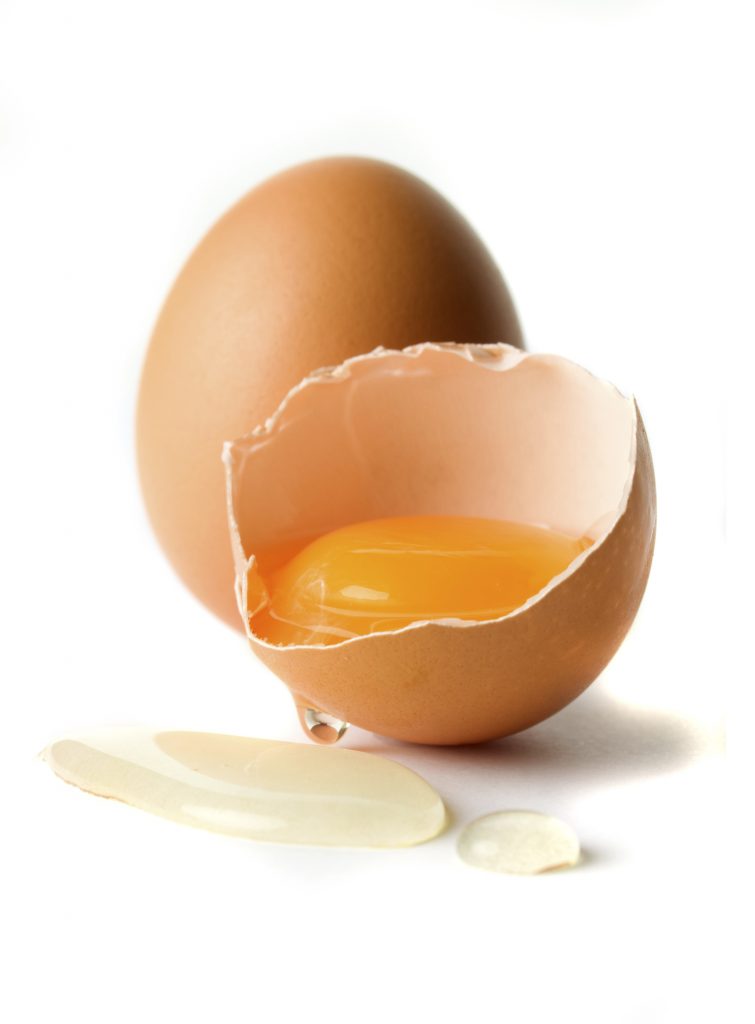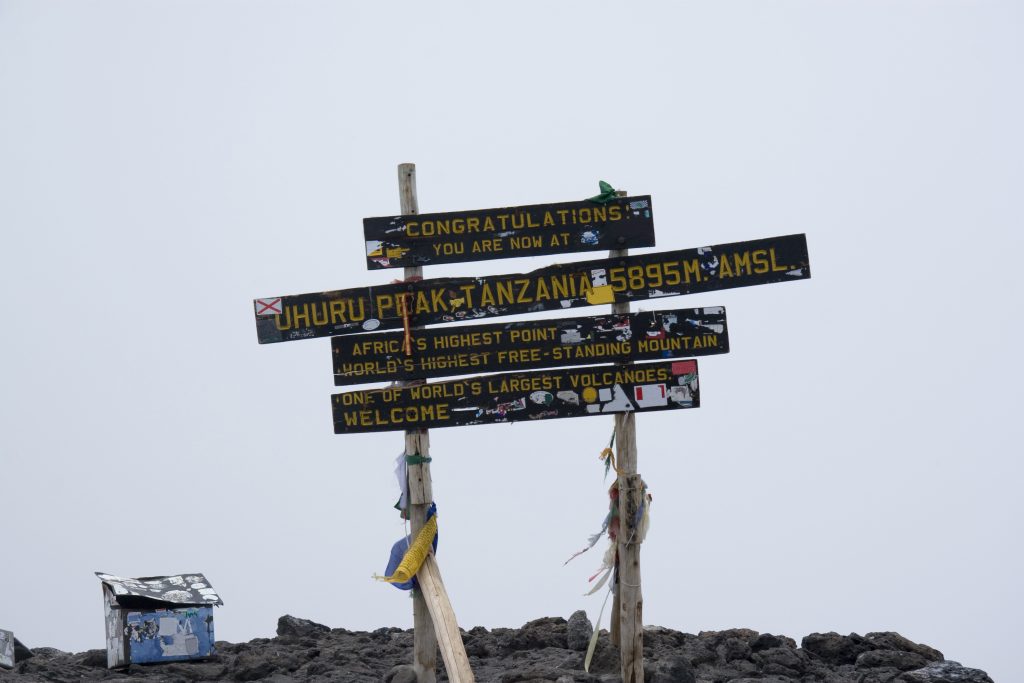An article in the Lancet (July 21 2012) says worldwide mortality rate of inactivity is about one per cent which is same as mortality from smoking.
It says exercise has been called a miracle drug that can benefit every part of the body and substantially extend lifespan. Yet it receives little respect from doctors or society. This passive attitude towards inactivity, where exercise is viewed as a personal choice, is anachronistic, and is reminiscent of the battles still being fought over smoking.
Inactivity in our society is reaching pandemic proportion and has far reaching health, economic, environmental and social consequences, says the Lancet paper.
Is it too difficult to exercise two hours and thirty minutes a week? That is the recommended amount of time we should be physically active each week. Would you be surprised if I say only 15 per cent of the Canadians meet this goal? Yes, that is true. Only 15 per cent of us are physically active for two-and-half hours each week.
An average Canadian spends more than two hours watching television every day. Come to think of it, physical activity can be as easy as watching television. You can incorporate physical activity in your daily routine – going shopping, walking your children to school, delivering newspapers and visiting a friend. These are just a few examples. You can do more if you can. The more you do the better it is.
In 2005, Time magazine did a survey to see what kind of physical activity Americans like to do. The survey revealed 69 per cent take a brisk walk, 35 per cent use exercise machine, 32 per cent lift weights, 30 per cent ride a bike, 27 per cent jog or run, 22 per cent do aerobic exercise, 21 per cent swim, 19 per cent dance, 18 per cent play some kind of sport like soccer, 18 per cent go hiking, eight per cent play golf, seven per cent do yoga and seven per cent bowl.
Physical activity has many benefits. We know that. Smoking is harmful. We know that too. Yet we continue to be couch potatoes and we continue to smoke. What is the solution? Let us keep moving and stop smoking. Isn’t that easy?
Start reading the preview of my book A Doctor's Journey for free on Amazon. Available on Kindle for $2.99!





